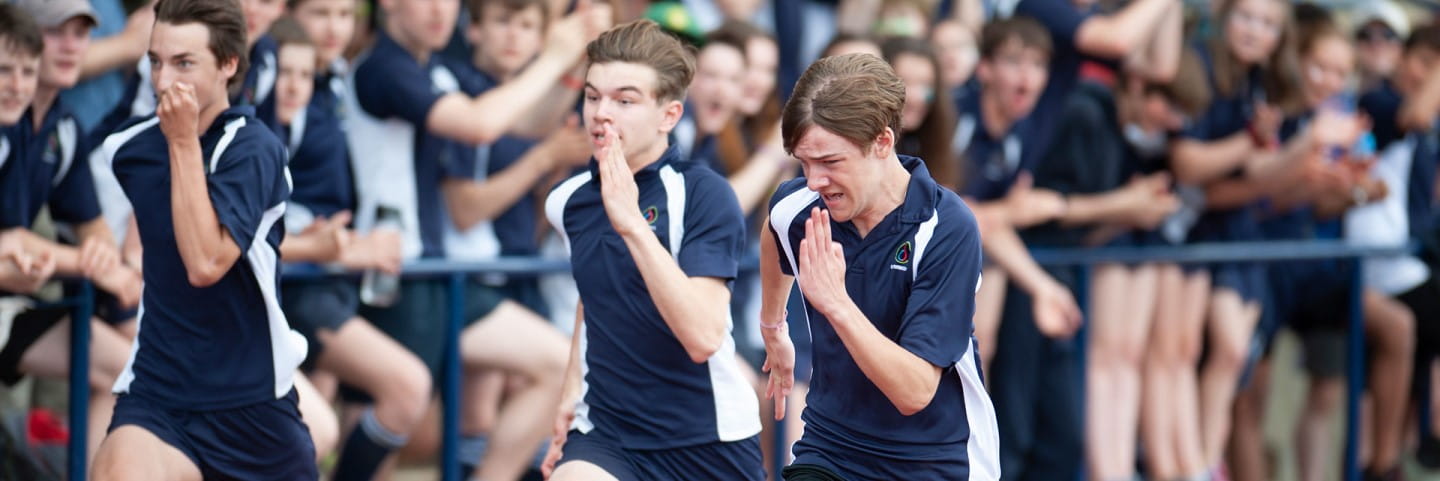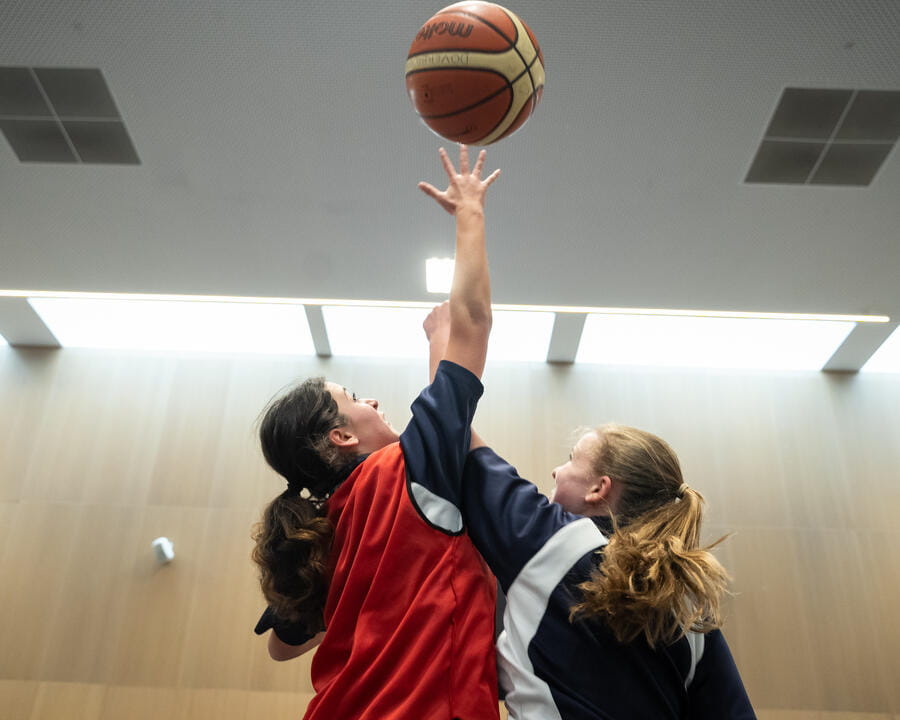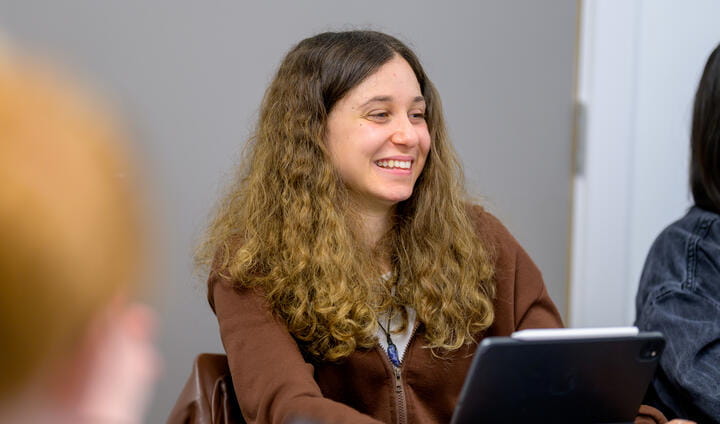We use cookies to improve your online experiences. To learn more and choose your cookies options, please refer to our cookie policy.
Jonathan graduated from the University of Hull in BSc Joint Honours Sport Science, Coaching and Physical Ed with Business Management He has been an examiner and moderator for AQA A level PE and outside of school competes nationally in swimming. Jonathan say’s about the A level. “I love teaching PE because whilst the concepts and theories we discuss are diverse and challenging, the students enjoy it because we use sport to make it relatable. This gives it more meaning and helps students to apply these concepts to their own (and others) real-life performances. There’s nothing better when you see that light bulb moment, and you know the student’s grasped it.












